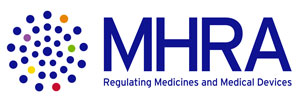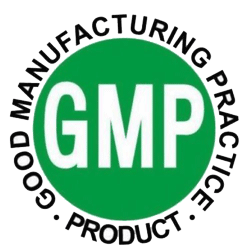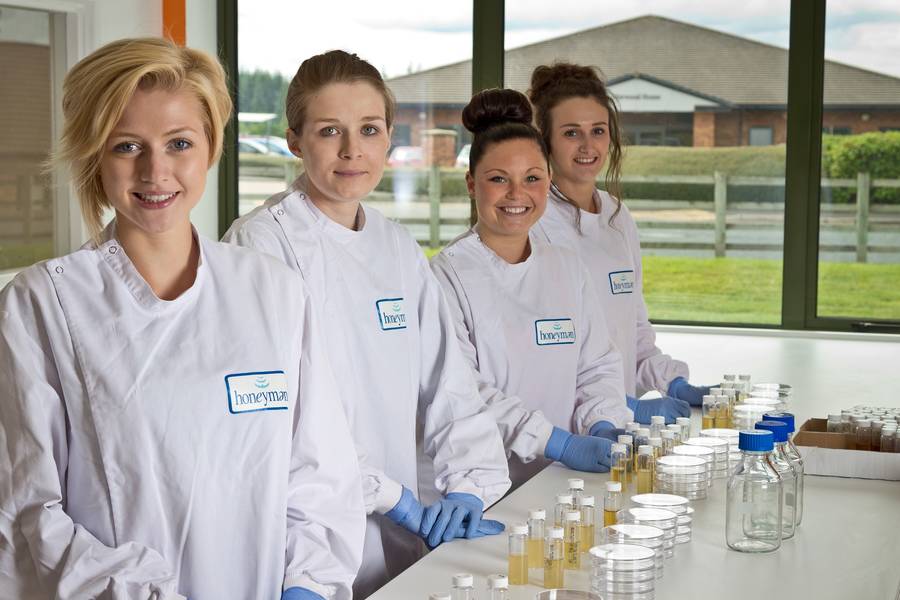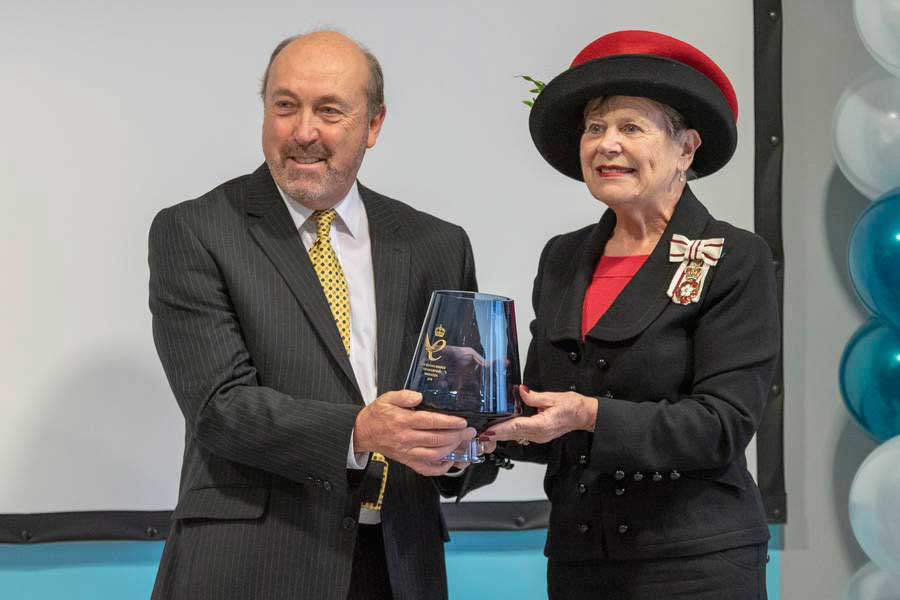Oops!
Microbial Risk Management During Cleanroom Operations
- Location: Location TBD
- Start Date: Start Date TBD
- End Date: End Date TBD
- Price: Price TBD Contact Us »
Microbial Risk Management During Cleanroom Operations
Download Course PDF Microbial Risk Management During Cleanroom Operations
The course will provide a basic understanding of the Risk Management of Contamination (RMC) system that can be utilised for the control of contamination during manufacturing operations in cleanrooms.
Microbial contamination of aseptically prepared pharmaceutical products will be considered but the methods presented can also be applied to various cleanroom healthcare products and other manufacturing activities. The mechanisms of microbial contamination explained are also applicable to inert particle contamination and the principles covered can also be utilised for this application.
The course will provide an understanding of the fundamental mechanism of contamination transfer, via surface contact or from airborne deposition, and how this mechanism is used to provide the most accurate methods of assessing risk, defined as the number of microbes likely to be deposited into a product. All general sources of cleanroom contamination, their routes of transfer and the associated control methods will be discussed and a method of assessing their risks to product explained.
Further methods, to assess the risks to product from activities associated with a particular manufacturing process within the critical cleanroom areas, will be detailed. An understanding of how the identified risks, or their methods of control, can be monitored and limits set to ensure that contamination is adequately controlled are outlined. Additionally, a method for determining the risk to the patient, from aseptically manufactured products, by considering factors relating to the chance that it contains sufficient microbes to initiate an infection, will be presented.
For more information on RMC, see the article Risk Management of Contamination (RMC)
Optional: University Accreditation Assessment is an optional bolt-on for this course – click here for more info on UPCD
Who Should Attend This Course?
The course is suitable for all personnel involved in the management and operation of cleanrooms including Production Managers and Supervisors, Quality Assurance, Microbiologists, Sterility Assurance Specialists and Sterility Assurance Engineers.
Course Objectives
- Delegates will be able to identify the sources of contamination, routes of transfer to the product and contamination control measures and apply this in their facility.
- The course will provide a scientific assessment of the fundamental mechanism of contamination transfer, via surface contact or from airborne deposition, and how this mechanism is used to provide the most accurate methods of assessing risk of microbial contamination of product.
- Delegates will recognise how the identified risks, or their methods of control can be monitored and limits set to ensure that contamination is adequately controlled are outlined.
- Delegates will recognise the advantages of using a quantitative system to assess and prioritise risk based on actual process data.
- Methods of periodic verification that the contamination system is under control will be presented.
- Delegates will participate in risk assessment workshops lead by industry experts to enhance learning and facilitate debate.
- Methodology will be presented to determine the microbial risk to patient from aseptically prepared products.
Course Content
Full course notes and a certificate of attendance will be issued to each delegate who attends the full course. Certification is for knowledge gained, not just attendance. Assessment for Aseptic Filling Process.
Day One
- Risk Management of Contamination (RMC) during Cleanroom Manufacture, choice of Microbial Risk Assessment Method and Fundamental Mechanism of Contamination Transfer
- Identification of Sources of Contamination, Transfer Routes, Key Control Measures and the use of Risk Diagrams
- Risk Assessments for General Cleanroom Areas
- Risk Assessment for Aseptic Filling Processes
- Risk System, Assessment of Manufacturing Stage Risks and Areas for Aseptic Improvement
Day Two
- Risk Assessments for Critical Area Contamination, Airborne Deposition
- Risk Assessments for Critical Area Contamination, Surface Contact
- Establishment of an Effective Monitoring Programme, Regular Verification of the Risk System, Documentation and Staff Training
- Assessing Microbial Risk to Patients from Aseptically Manufactured Products
Course Dates / Costs Description
Honeyman reserves the right to amend any prices at any time.
All advertised prices are exclusive of any applicable VAT or local taxes.
Course Terms & Conditions
Click here to read our Pharmaceutical Training Course Terms & Conditions.
View Next Scheduled Pharma Courses
View All Pharma Courses
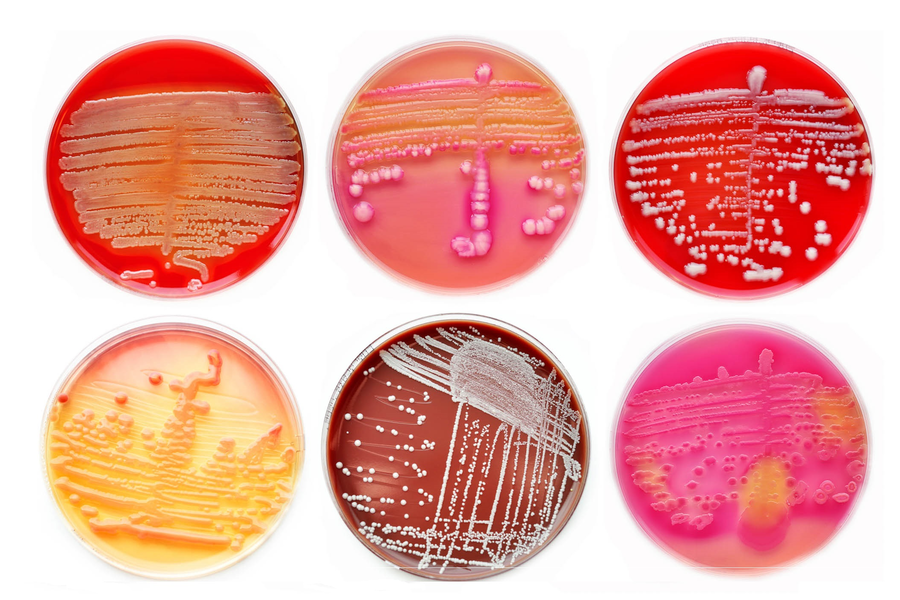
Why Honeyman?
The Honeyman Group has trained thousands of people within the pharmaceutical industry. Our courses continue to remain popular because they provide delegates with a sound understanding of scientific principles in each technical area, complemented by interactive workshops, discussions, practical demonstrations and case studies to put these principles into practice.
All of our courses are delivered by experts who actively work within the pharmaceutical, biopharmaceutical and medical device industries, therefore, we will continue to share pragmatic current best practice advice to enable you to meet current GMP and regulatory expectations.
- Our speakers are active in the industry today and are able to provide up to the minute experiences and current best practice advice
- Accredited Specialist Training on selected courses in conjunction with Teesside University
- We can provide bespoke on site training, perfectly suited to deliver the most effective and relevant training
Read training testimonials from previous delegates and commissioning organisations.
Our Customers:








































































